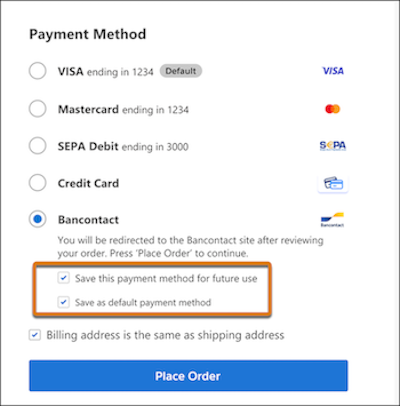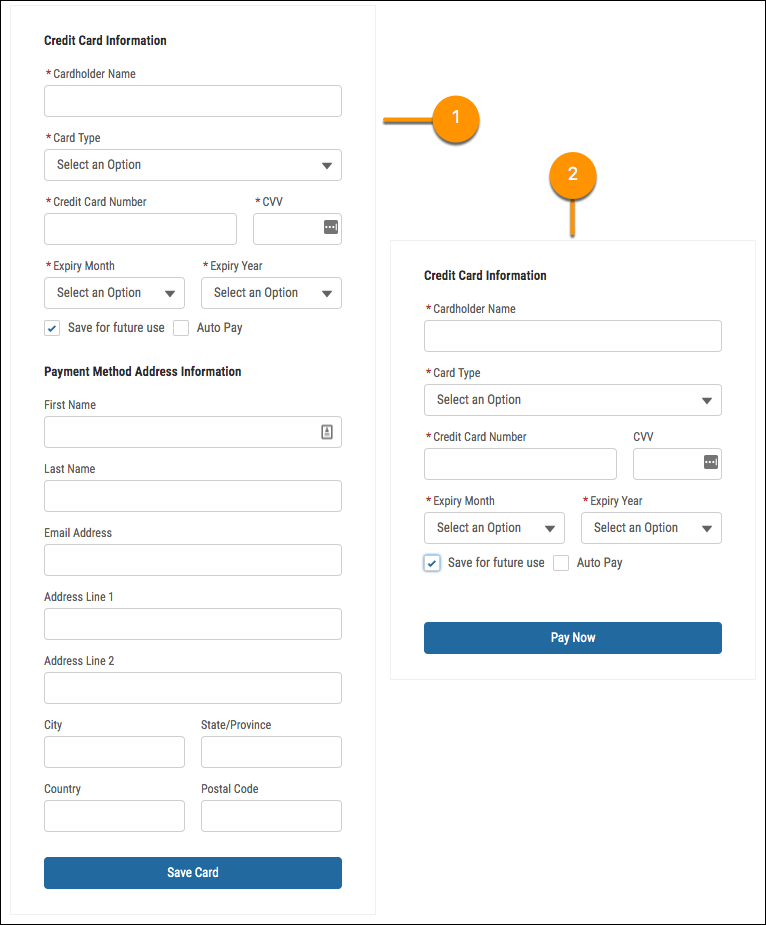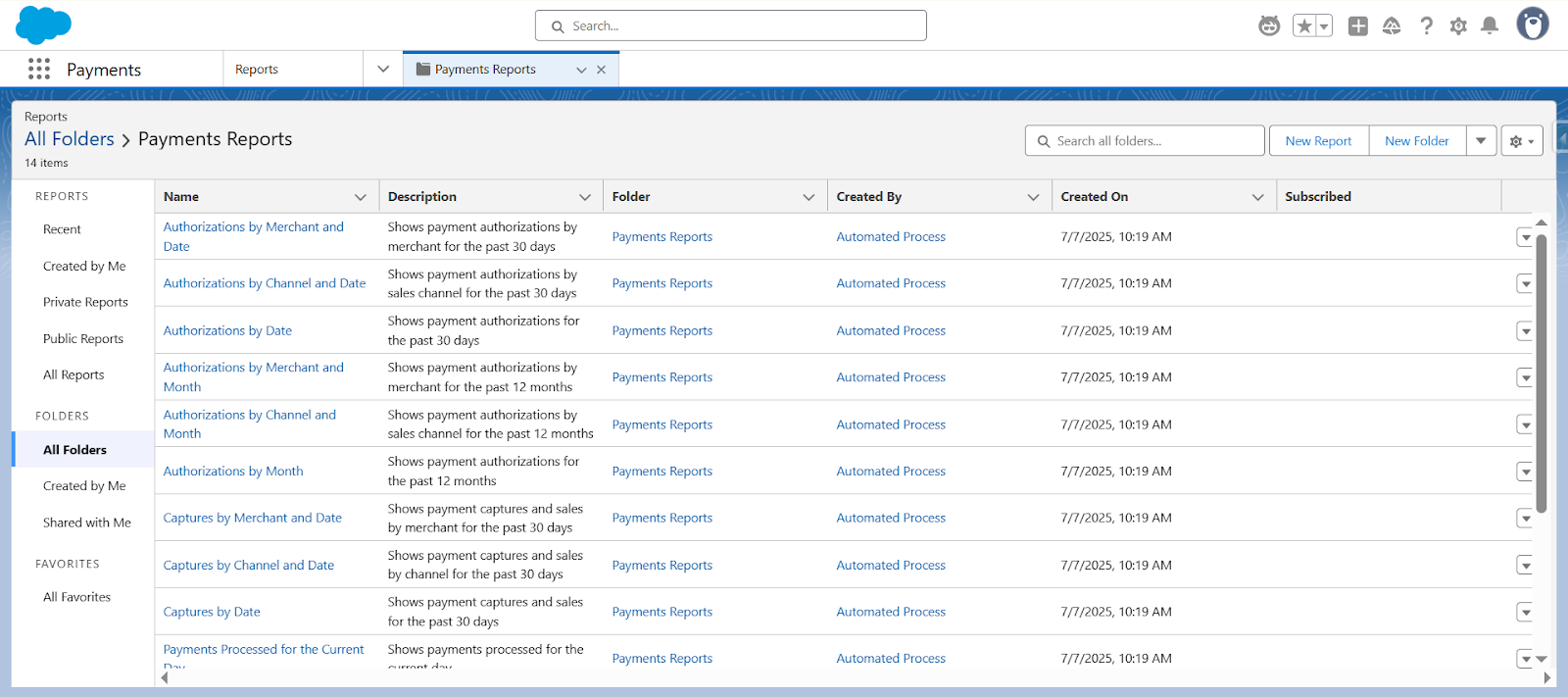Salesforce Payments embeds a drop-in checkout component, instant wallets (Apple Pay, Google Pay, Venmo), and a real-time Payments Home workspace - all on the same platform your merch, service and CRM teams already use. The result is smoother conversions for shoppers and cleaner numbers for finance.

Friction 1: Too many clicks - customers abandon halfway
Classic checkouts ask for shipping, billing, card details and captcha across multiple pages. Lightning Checkout fixes this by dropping the Salesforce Payments LWC into any B2C or B2B Lightning Web Runtime (LWR) storefront and mapping a Payment Method Set (credit-card, wallets, purchase order) in a single property panel without any custom code.
Bonus: Apple Pay and Google Pay surface as one-tap options, auto-filling address and card tokens so mobile users reach “Order Placed” in seconds.

Friction 2: Every new payment method is a fresh integration project
Adding PayPal or a local wallet usually means weeks of gateway contracts, PCI reviews and front-end tweaks. WIth Payment Method Sets, you can just open your Commerce Merchant Account, go to Payments, toggle on Stripe, PayPal, Venmo or Apple Pay for each store and let the component surface only the methods you enabled. No separate cartridge updates required.

Friction 3: We discover failed payments days after the campaign
Declines or 3-DS failures hide inside gateway dashboards and marketers learn about them when customers complain.
Fix with Payments Home workspace: The All Payments / Declined list updates in real time, and you can add a custom list view filtered on Status = Error for instant triage.
Finance benefit → drill-down by decline code (insufficient funds, AVS mismatch, etc.) to spot issuer-specific issues before they hurt revenue.
Friction 4: B2B and D2C stores run different checkout stacks
Teams maintain separate codebases for trade accounts and consumer sites, doubling QA effort. Fix with the same Lightning component: Salesforce Payments supports both B2B and D2C LWR templates; the identical checkout LWC picks up purchase-order terms for B2B buyers or wallets for consumers, driven by config - not forks in code.
Finance benefit → consolidated ledger: one Payments workspace shows intent, capture and refund data across every channel.
Friction 5: Finance can’t trust the order-to-cash numbers
Marketing dashboards end at ‘Placed Order’ and Finance trusts only the ERP, which means CSV exports fly back and forth.
Salesforce Payments Home features Payments Reports - out-of-the-box reports capturing Merchant & Month, Refunds by Reason, Average Time to Capture, and much more. Analysts can clone and filter them (e.g., Relative Date = Yesterday) without touching SQL. It also means Finance benefit → audit-ready metrics living in the same Salesforce reporting engine they already know, complete with scheduled emails and Tableau dashboards.

Final thought
By collapsing gateway integrations, wallet enablement and payment analytics into one native suite, Salesforce Payments Home + Lightning Checkout improves five of the most common friction points in commerce checkout.




.png)

.png)



